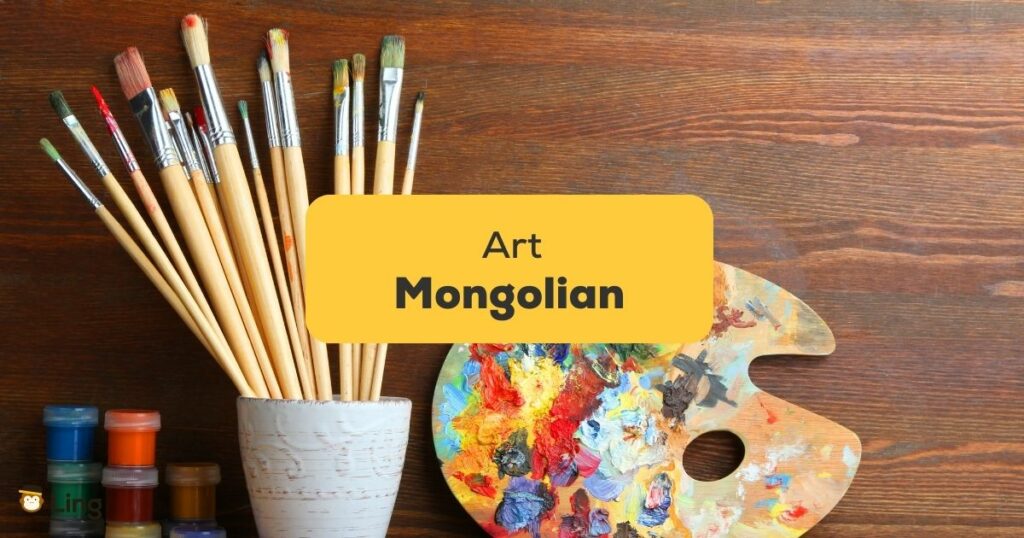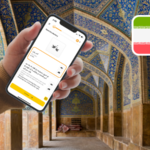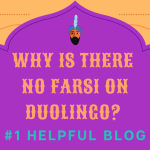Welcome to the mesmerizing realm of Mongolian art, a treasure trove of creativity that captures the heart and soul of a nation steeped in history and mystique. From nomadic influences to contemporary expressions, join us on a journey that celebrates the symphony of culture, tradition, and boundless imagination that defines Mongolian artistic prowess. Prepare to be enchanted by a masterpiece where every brushstroke whispers secrets of a timeless heritage.
Historical Roots Of Mongolian Art
Let’s take a speedy trip through the wild and wonderful world of Mongolian art history.
Picture this: over two thousand years ago, folks in Mongolia were already doodling on rocks like ancient artists. When the mighty Mongol Empire ruled the roost, they turned into art lovers, supporting all kinds of creative talents. Fast-forward to the 8th century, and Mongolian painting was hitting the scene with a Buddhist twist. Inspired by Tibetan vibes, Mongolian art today is a cool blend of traditions, like blacksmithing and wood carving, and modern flair, thanks to a democratic makeover in the ’90s.
So, in a nutshell, Mongolian art is a creative journey that’s been influenced by history, religion, and some serious artistic adventure!
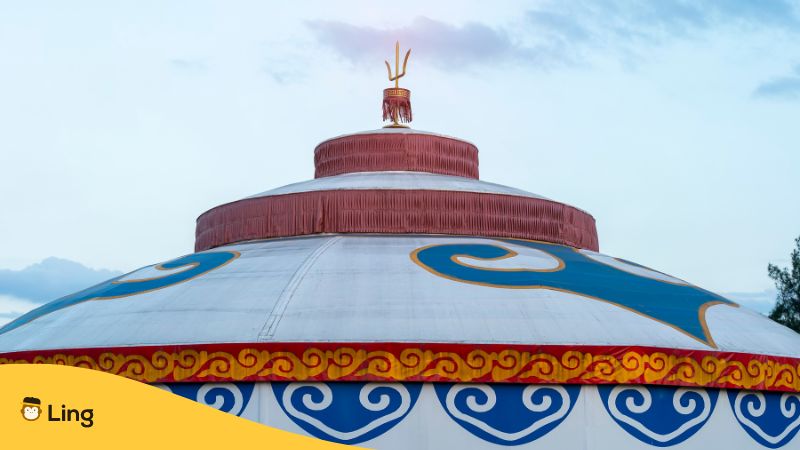
Nomadic Influence On Artistic Expression
The nomadic lifestyle has left a major mark on Mongolian art, bringing a unique flavor to the creative scene. Despite not having much time for artsy endeavors, Mongolian culture boasts a rich history in music, textiles, and religious artworks.
Back in the day of the mighty Mongol Empire, they sponsored talented artists from conquered lands, creating a cool blend of styles from Asia, the Middle East, and Europe. This nomadic heritage has even shaped contemporary designs in Mongolia, influencing graphic arts. You’ll find traces of nomadic life in Mongolian art, with pastoral landscapes and the iconic ger tents making appearances.
And let’s not forget the music! Mongolian nomads’ tunes even shook up the Chinese music scene between the 7th and 9th centuries. All in all, nomadic vibes continue to shape and color Mongolian art, connecting the present with the fascinating past.
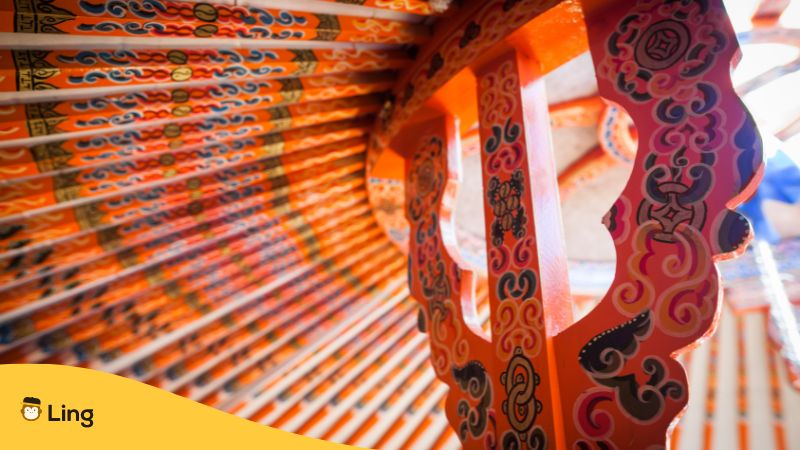
Traditional Mongolian Culture Crafts
Traditional Mongolian artistic crafts are like a treasure trove of skills and creativity passed down through the ages. Think wood carving that turns simple blocks into intricate designs and sculptures. Mongolian craftsmen also work their magic with silver, crafting delicate patterns on objects like jewelry and belts.
And then there’s ribbon-making, where techniques like zoos shiree, khosh, and gyarag bus add vibrant splashes to traditional clothing. Blacksmithing is another ace up their sleeves, fashioning tools, weapons, and decorative pieces from iron and bronze. Textile work is a masterpiece in itself, as Mongolian women weave colorful threads into clothing, carpets, and rugs. Plus, leatherwork adds a touch of flair to leather accessories like boots and hats, often featuring cultural motifs.

Mongolian Painting: Thangka
Thangka paintings are like vibrant windows into the world of Mongolian art, deeply influenced by Tibetan Buddhism. These artworks are often painted on cotton or silk and showcase scenes of Buddhist deities, mandalas, and more. Mongolian Thangka paintings are found in various collections, including the Toulon Asian Arts Museum, and are treasured for their intricate details.
They’re unique because they’re typically kept unframed and rolled up, similar to Chinese scroll paintings. Each stroke of polychrome pigments on handmade cotton paper brings these paintings to life, serving as both a visual representation of Buddhist beliefs and a cherished part of Mongolian Buddhist art.
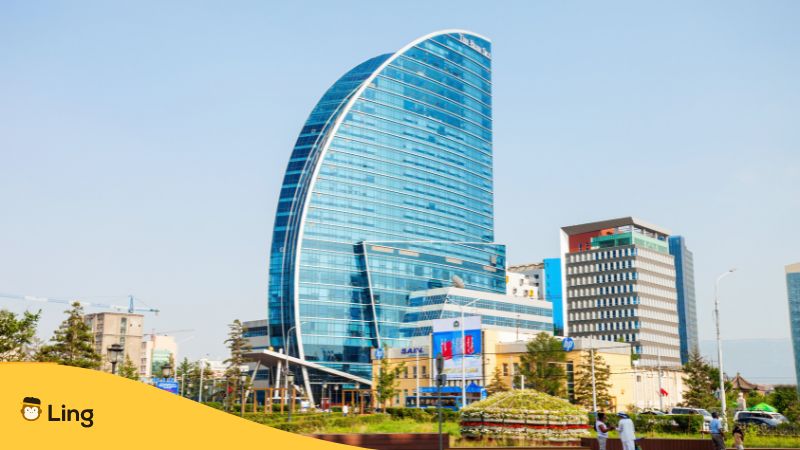
Contemporary Mongolian Art Scene
The contemporary Mongolian art scene is like a vibrant tapestry weaving tradition with a modern flair. One key player is the Mongolian Contemporary Art Support Association, which champions modern art across Mongolia.
An exciting twist comes with Contemporary Mongol Zurag paintings, reviving a style from the early 20th century and blending old-school techniques with fresh themes. Traditional Mongolian arts like wood carving and ribbon-making keep inspiring modern designs, while the nomadic touch adds a unique spin to graphic arts. The influence of Tibetan Buddhism is strong, with artworks often featuring its icons and themes.
Amidst all this, a debate simmers about the role of a conceptual approach in Mongolian contemporary art, whether it should shine on its own or dance with traditional techniques. This contemporary scene is like a lively fusion, mirroring Mongolia’s journey from its roots to the world stage!
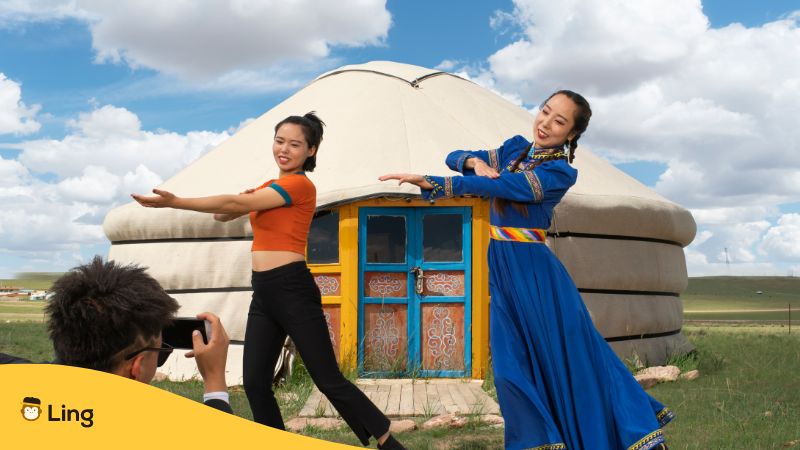
Mongolian Music And Dance: Lively Fine Art Form
Mongolian music and dance are like-spirited heartbeats of the country’s cultural heritage. Picture this: the nomadic folks twirl in the Mongol Biyelgee dance, circling each other to a traditional tune.
Mongolian Long Song takes a different route, with a solo singer weaving magic by holding a single note and adorning it with sweet twists, often serenaded by the enchanting morin khuur. Then there’s throat singing, a unique style practiced by people across Mongolia, Inner Mongolia, Tuva, and Siberia, where multiple pitches bloom from vocal cords, mouth, and throat.
Traditional instruments like the horse-headed fiddle, flutes, and drums paint the sonic canvas, and contemporary Mongolian music jams to the tunes of tradition and modern beats, with The Hu band gaining global acclaim.
Mongolian dance is a mesmerizing art form passed through generations, with the Biyelgee dance spinning tales from the nomadic life, often in harmony with the soulful strum of the morin khuur and other traditional instruments. This dynamic duo, music, and dance, is like a colorful tapestry that weaves Mongolia’s history, nature, and modern flair into a harmonious symphony of culture!
Art Vocabulary In Mongolia
Here is some vocabulary for the artworks that we’ve mentioned:
| English Translation | Mongolian | Romanization |
| Horse-headed Fiddle | Морин хуур | Morin Khuur |
| Ger | Гэр | Ger |
| Biyelgee Dance | Биелгээ | Biyelgee |
| Thangka Painting | Танкха зураг | Tankha Zurag |
| Nomadic Lifestyle | Гэр бүлийн амьдрал | Ger Büliin Amrdal |
| Silver Chasing | Мөнгө олгих | Mongö Ölgiḥ |
| Long Song | Улаан дуу | Ulaan Duu |
| Calligraphy | Бичиг судалгаа | Bichig Sudalga |
| Traditional Craft | Традицион бүтээл | Traditsion Büteel |
| Spiritual Artistry | Руухийн зургийн сан | Ruukhiin Zurgiin San |
By appreciating the art of Mongolia, a shadow of its intangible cultural heritage, we are also taking steps to understand its native residents and Mongolian artisans. And, by learning about all of this, we are closer to appreciating its raw fine arts.
Stride In Your Language Learning With Ling!
Learning the Mongolian language is a decisive step to connect not only with Mongolian art but also with its people. But worry not because the Ling app stands out as the ultimate tool for learning Mongolian, due to its gamified approach, expertly designed lessons, and comprehensive content.
With engaging games, audio files, animations, and structured units, the Ling app offers an immersive experience that makes learning Mongolian enjoyable and effective for learners of all levels. Download it now on Play Store or App Store!
